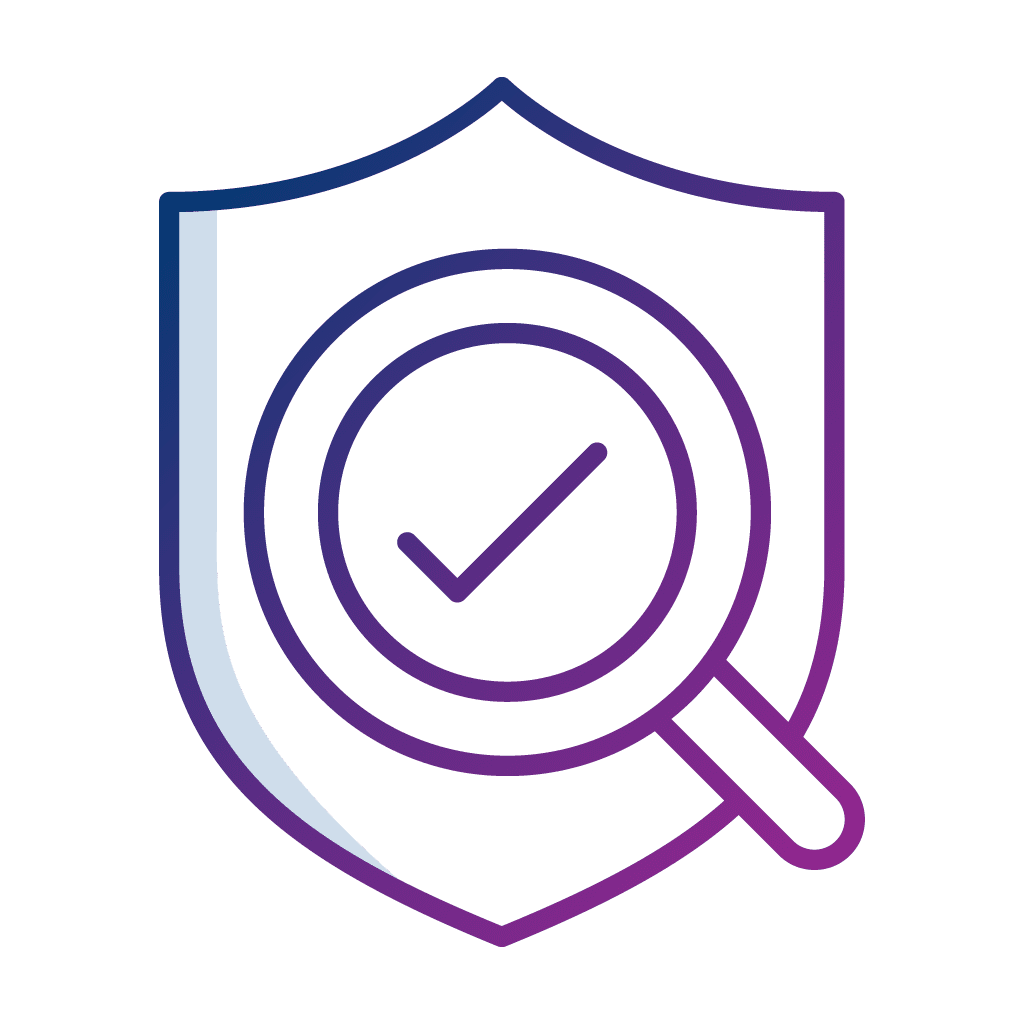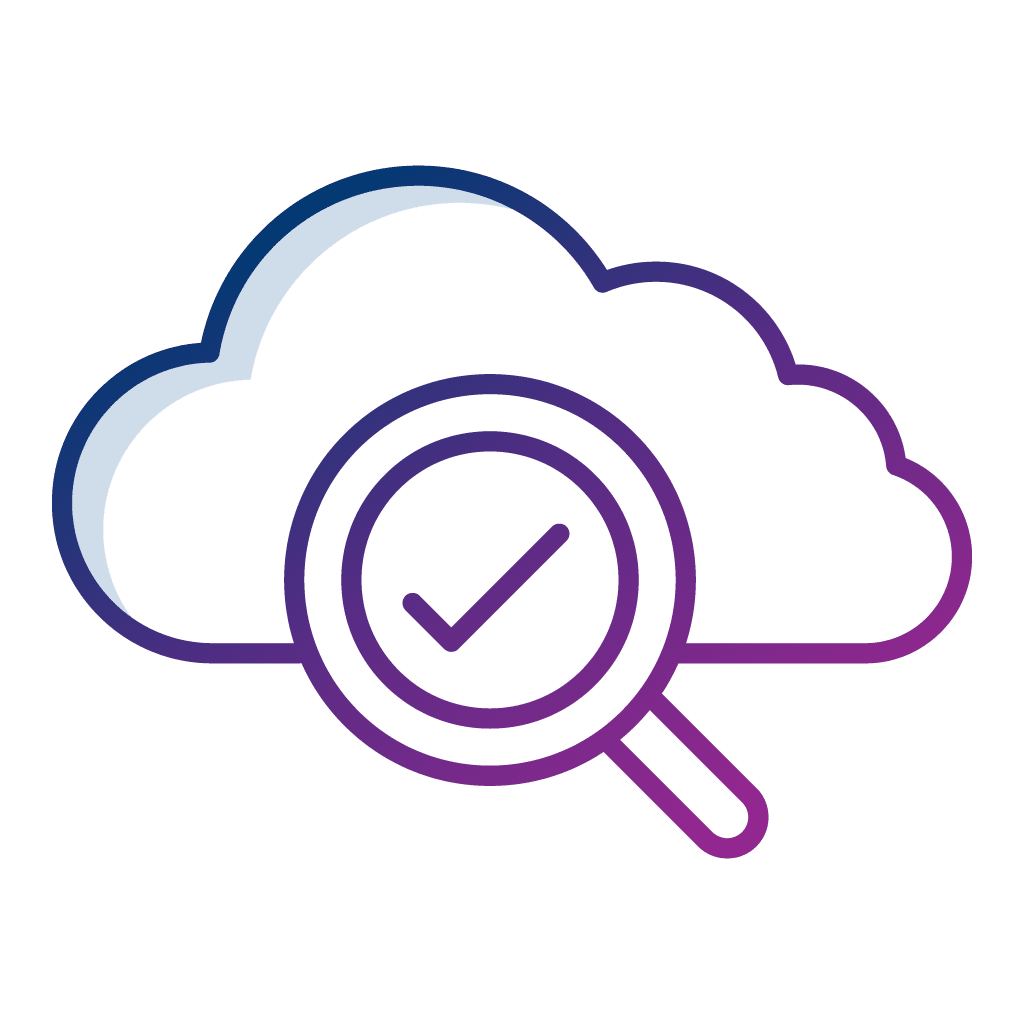Privasec’s Consultant Speaks at ISACA Sydney Chapter
Privasec’s Consultant Vivienne Mutembwa was invited to the panel discussion at the International Women’s Day event hosted by ISACA’s Sydney Chapter. The panel discussed challenges faced by women in the industry and how to tackle these issues through organisational culture shifts and reformed policies. A special thanks to ISACA and the sponsors PwC and Symes Group for organising
Privasec’s Consultant Speaks at ISACA Sydney Chapter Read More »































